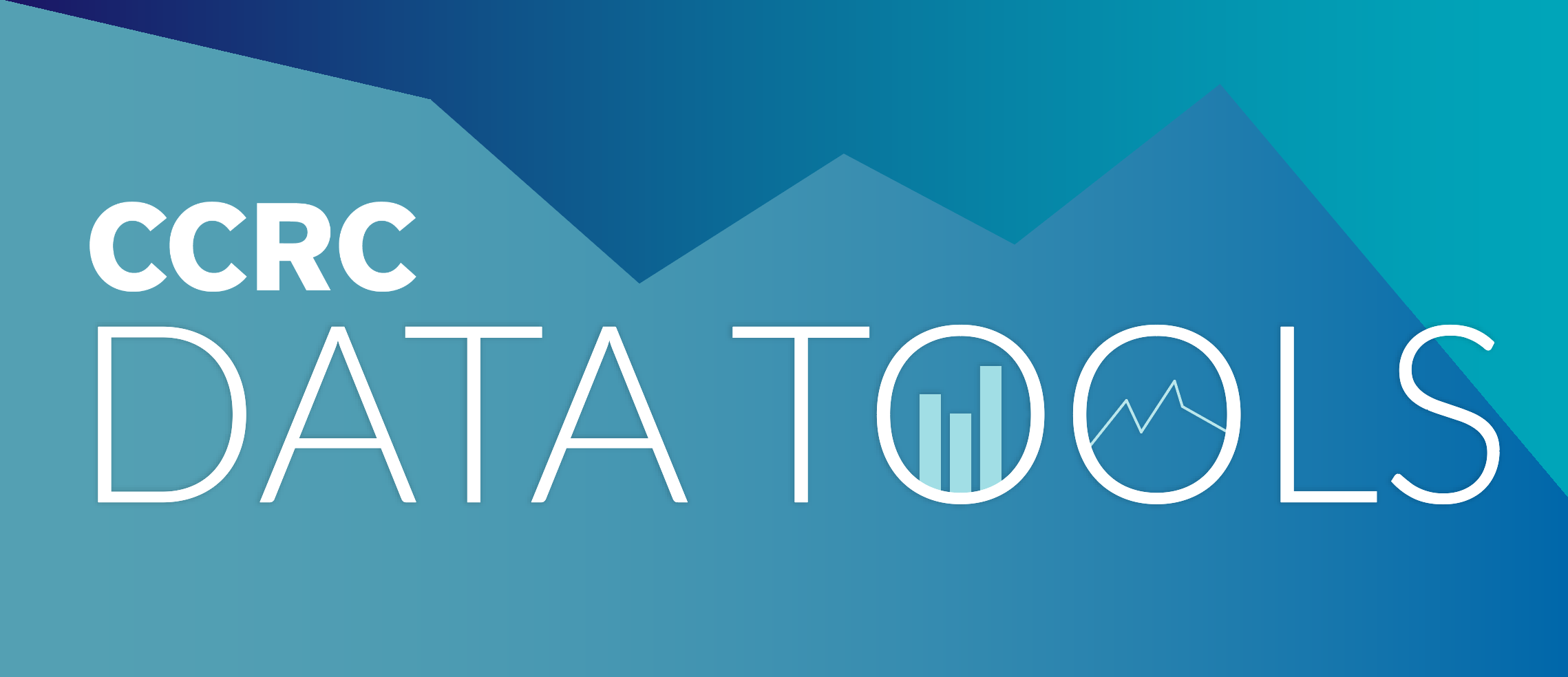Each year, more than one million high school students take college courses through dual enrollment partnerships between high schools and colleges. The programs, most often facilitated through community colleges, yield substantial benefits for participants in and beyond high school.
Over the past decade, high school dual enrollment students have accounted for a growing share of the community college population, as the number of older students—particularly those 25 and older—has declined. We estimate that in fall 2019, high school students accounted for 16% of community college enrollment nationally and nearly 40% of community college enrollment in some states. Yet these estimates are just that—our best guesses based on student age.
Currently, the federal Integrated Postsecondary Education Data System (IPEDS) does not collect information on how many high school students are actually dual enrolled at postsecondary institutions, despite the size and significance of this population for many colleges and research identifying widespread equity gaps in access.
But this could change. The Department of Education is considering adjustments to IPEDS to better clarify and capture data on dual enrollment, including a proposal to collect additional information on participation in dual enrollment disaggregated by student race/ethnicity and gender. If you want better national dual enrollment data, I encourage you to write to ipedsTRPcomment@rti.org to share your comments and perspective before the public comment period ends on August 6.
Current Data on Dual Enrollment
The Department of Education has occasionally surveyed postsecondary institutions or students about dual enrollment, but the most recent reporting is nearly 10 years old and does not include college or state-level information. Additionally, though it’s limited to K-12 schools and districts, the Civil Rights Data Collection (CRDC) recently made disaggregated dual enrollment data publicly available for the first time. The data have provided important insights into access to dual enrollment. Our recent analysis of the CRDC data found substantial differences across states and school districts in participation in dual enrollment. It also revealed that, although racial equity gaps in access to dual enrollment coursework are widespread, about 1 in 5 districts have equalized access to dual enrollment.
Disaggregated participation data from the CRDC have already proven valuable for research-based guidance and policy recommendations for reforms to advance equity. However, dual enrollment is a joint endeavor between the K-12 and postsecondary sectors, and the CRDC data indicate where a student attends high school, but not the college at which they are dually enrolled. There is no national source of data to examine equity in access to dual enrollment at the college level—at least not yet.
Proposed Changes to Dual Enrollment Data Collection
The proposed revision to IPEDS could fill the gap in federal data collection on college enrollments of dual enrollment students. After a Technical Review Panel explored potential ways to update its data collection, the Education Department is considering a number of changes to better collect data on dual enrollment students. With any change to IPEDS, it is important to weigh the additional reporting burden required against the value of the new data to educational leaders, policymakers, and researchers. These discussions, as well as a set of potential changes to improve reporting on enrollments, human resources, and completions, are summarized in a memo detailing the panel discussions.
The panel, which I served on, recommended a number of improvements to IPEDS to better capture data on dual enrollment students. In my view, the proposal to add counts of dual enrollment participants to the IPEDS enrollment surveys, disaggregated by race/ethnicity and gender, must be adopted. Although collecting disaggregated counts of dual enrollment participants would add to the reporting burden, these disaggregated data are critically needed to monitor and hold institutions accountable for severe inequities in access to dual enrollment coursework, as well as to identify and study institutions that have successfully closed equity gaps in access. And, to minimize the burden, IPEDS could limit these changes to the 12-month enrollment survey (not the fall enrollment survey) as annual headcounts present a more comprehensive enrollment picture, particularly for community colleges.
If you agree that we need more and better data on dual enrollment—with a particular focus on data that would enable accountability for equity and research on how colleges can expand and equalize access to dual enrollment for students of color and other underrepresented groups—I strongly encourage you to read more about the Technical Review Panel and email your comments to ipedsTRPcomment@rti.org by August 6.





